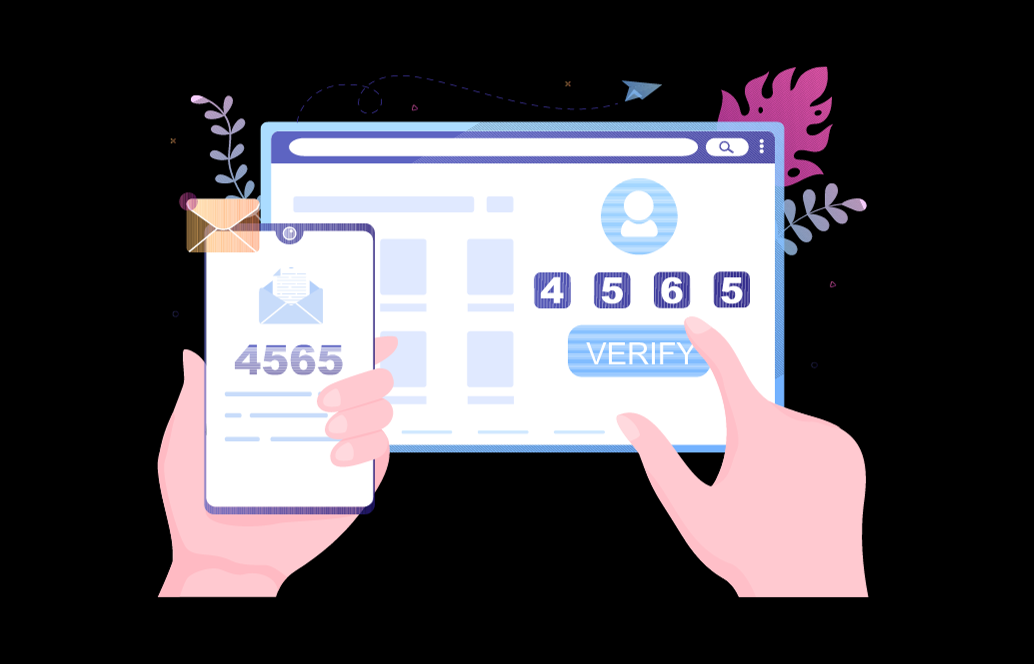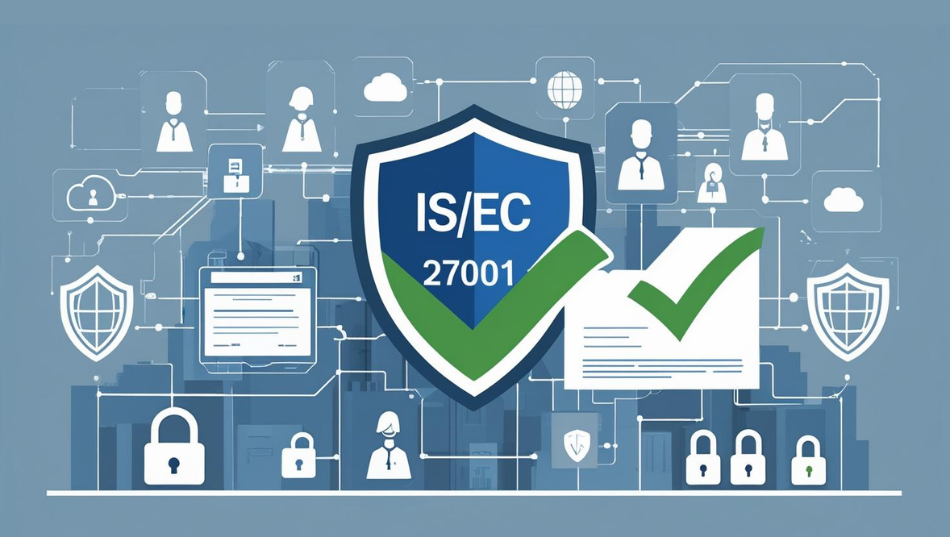Enhancing Digital Security with Multi-Factor Authentication (MFA)
In today’s interconnected world, the importance of safeguarding our digital presence cannot be overstated. Cybersecurity threats are evolving rapidly, and hackers are constantly devising new methods to gain unauthorized access to our sensitive information. As a result, the need for robust authentication methods has never been greater. Enter Multi-Factor Authentication (MFA), a powerful tool that adds an extra layer of security to our online accounts and digital interactions.

Understanding Multi-Factor Authentication
Multi-Factor Authentication, commonly referred to as MFA, is a security process that requires users to provide two or more separate forms of identification before gaining access to an online platform, account, or device. The objective is to ensure that the person trying to access the system is indeed who they claim to be, reducing the risk of unauthorized access even if one authentication factor is compromised.
The Three Authentication Factors
MFA leverages three primary authentication factors:
1. Something You Know: This is typically a password or PIN, a secret that only the user should know. However, relying solely on something you know can be risky, as passwords can be easily forgotten or stolen.
2. Something You Have: This factor involves possessing a physical item that is unique to the user, such as a smartphone, smart card, or hardware token. These items generate one-time codes or are used as part of the authentication process.
3. Something You Are: This factor relies on biometric data, such as fingerprints, facial recognition, or iris scans, to verify the user’s identity. Biometrics are difficult to forge and provide a high level of security.
The Advantages of MFA
Implementing Multi-Factor Authentication brings several notable benefits to the table:
1. Enhanced Security:
MFA significantly bolsters security by making it much more challenging for unauthorized individuals to access your accounts. Even if a hacker obtains your password, they won’t be able to gain access without the second or third authentication factor.
2. Reduced Risk of Data Breaches:
With MFA in place, the risk of data breaches and identity theft is greatly reduced. Even if a database containing user passwords is compromised, the stolen data becomes useless without the additional authentication factors.
3. Improved User Experience:
Contrary to the belief that MFA makes login processes more complicated, it can enhance the user experience. Biometric authentication methods like fingerprint or facial recognition are often faster and more convenient than typing passwords.
4. Regulatory Compliance:
Many industries and regions have specific regulations that require strong authentication methods. MFA helps businesses and organizations maintain compliance with these regulations, avoiding potential fines and legal issues.
5. Flexibility:
MFA can be implemented across various platforms and devices, making it versatile and adaptable to different user needs and preferences.
How to Implement MFA
Implementing MFA is becoming increasingly accessible for individuals and organizations alike. Here are some steps to consider:
1. Choose the Right Authentication Methods: Select the authentication factors that best suit your needs and those of your users. Biometrics are excellent for smartphones and devices, while hardware tokens may be more suitable for corporate networks.
2. Select a Reliable MFA Solution: There are numerous MFA solutions available, ranging from cloud-based services to on-premises hardware. Evaluate your options and choose a solution that aligns with your security requirements and budget.
3. Educate Users: Ensure that users understand the importance of MFA and how to set it up. Provide clear instructions and support to help them enable MFA on their accounts.
4. Test and Monitor: Regularly test the MFA system to identify and address any issues. Monitor user accounts for suspicious activity and provide training on recognizing phishing attempts.
In conclusion, Multi-Factor Authentication is a crucial tool in the ongoing battle against cybersecurity threats. Its ability to enhance security, reduce the risk of data breaches, and improve the user experience makes it a valuable addition to any digital environment. By implementing MFA, individuals and organizations can take significant steps towards safeguarding their valuable digital assets and information in an increasingly interconnected world.




